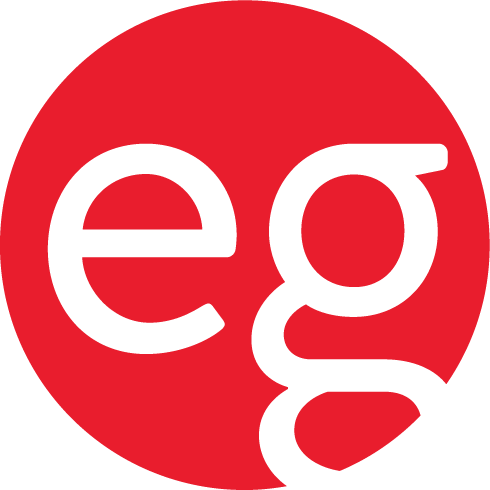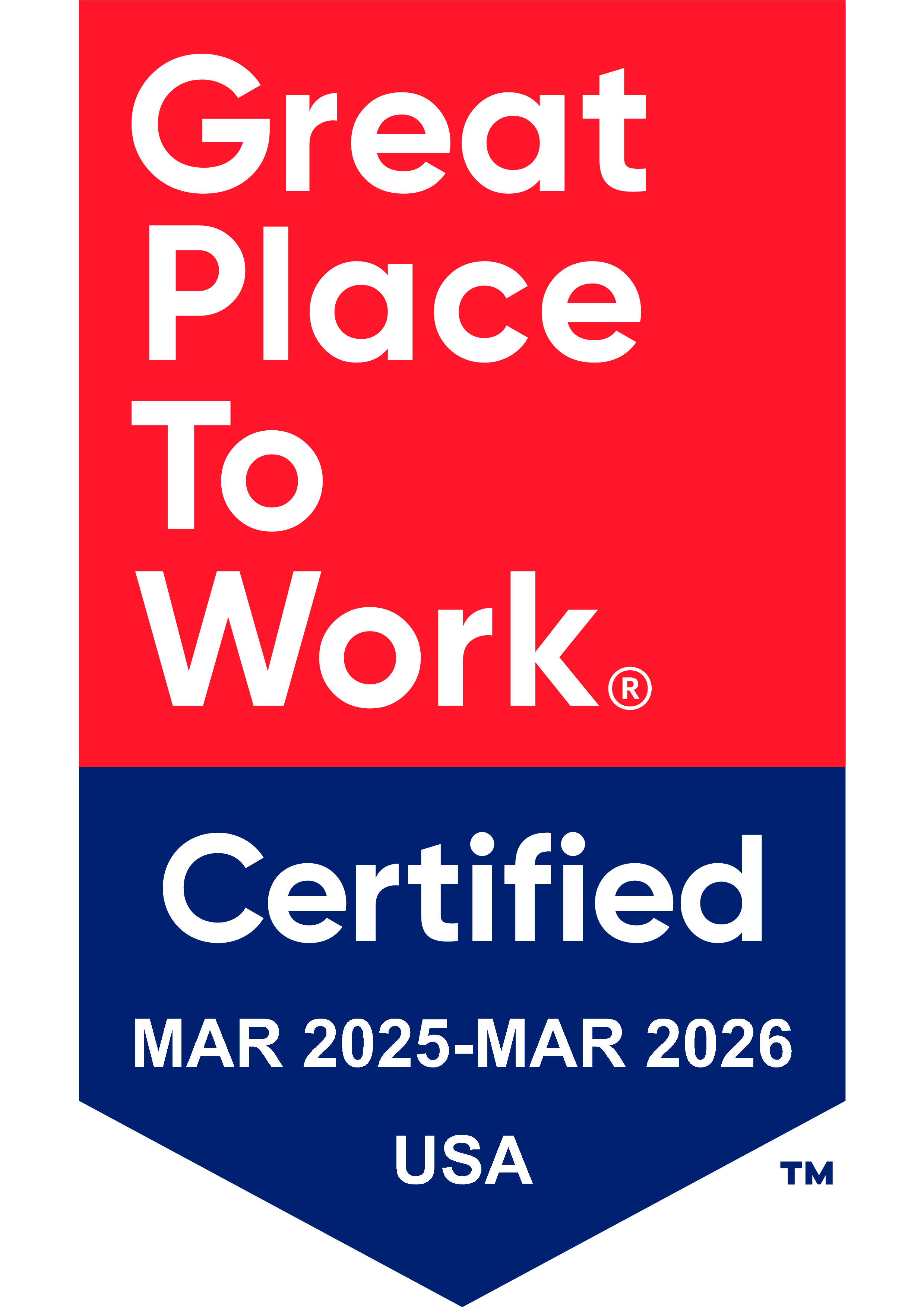When productivity takes a dive, it can be tempting to fantasize about hiring a whole new team to bring the fire back to your office. However, research shows that, in many cases, it is actually much less expensive to retrain current employees rather than to replace them with new hires. Below we explore the associated of both strategies and explain why retraining is typically the better way to go.
The Direct Cost of Training a New Hire
Studies show that the direct cost of replacing an employee can reach as high as 50-60% of their annual salary.
Cost of letting a current employee go:
- HR staff time for exit interview, payroll administration, etc.
- Manager’s time for retention attempts and exit interview.
- Accrued time off.
- Temporary coverage costs, including contingent employee, overtime for remaining employees, etc.
Cost of on-boarding a new hire:
- New hire’s compensation.
- Hiring inducements, including signing bonuses, relocation reimbursement, and perks.
- Hiring manager’s time.
- Orientation program time and materials
- HR staff induction costs including, payroll, benefits enrollment, etc.
Adding in the Associated Costs of a New Hire
However, direct costs are only one part of the eventual bill. When you add in the associated costs of employee replacement, the total often balloons to 90-200% of their annual salary.
Business impact costs:
- Delays in production.
- Lost clients that would have been acquired if the employee stayed.
- Stiffer competition as the employee moves to a rival company or forms own business.
- Others leave to join lost employee at their new organization.
- Disruptions to tam work.
Training costs:
- Formal training, including instruction time and materials.
- On-the-job training including, supervisor and employee time.
- Mentoring the new employee.
- Socialization, including other employees’ time and travel costs.
- Productivity loss as the new hire masters their job.
Rehiring is No Small Expense
Research estimates that turnover costs average:
- 12% of pre-tax income for the average company.
- 40% of pre-tax income for companies in the 75th percentile of employee turnover.
How to Keep Training Costs Down
Conversely, retaining existing employees only costs you business training expenses.
Because you will be paying these expenses either way, it is often far less expensive to take this route. The following are some suggestions to keep these training expenses low.
Utilize free training resources
Free educational resources such as MIT OpenCourseWare can provide excellent training materials for your employees.
Use online learning management systems
Eliminate travel expenses and instructor salaries by conducting your training online via learning management software.
Use inside trainers
If you have internal employees who are experts in a particular subject, allow them to train employees in that skill set.



